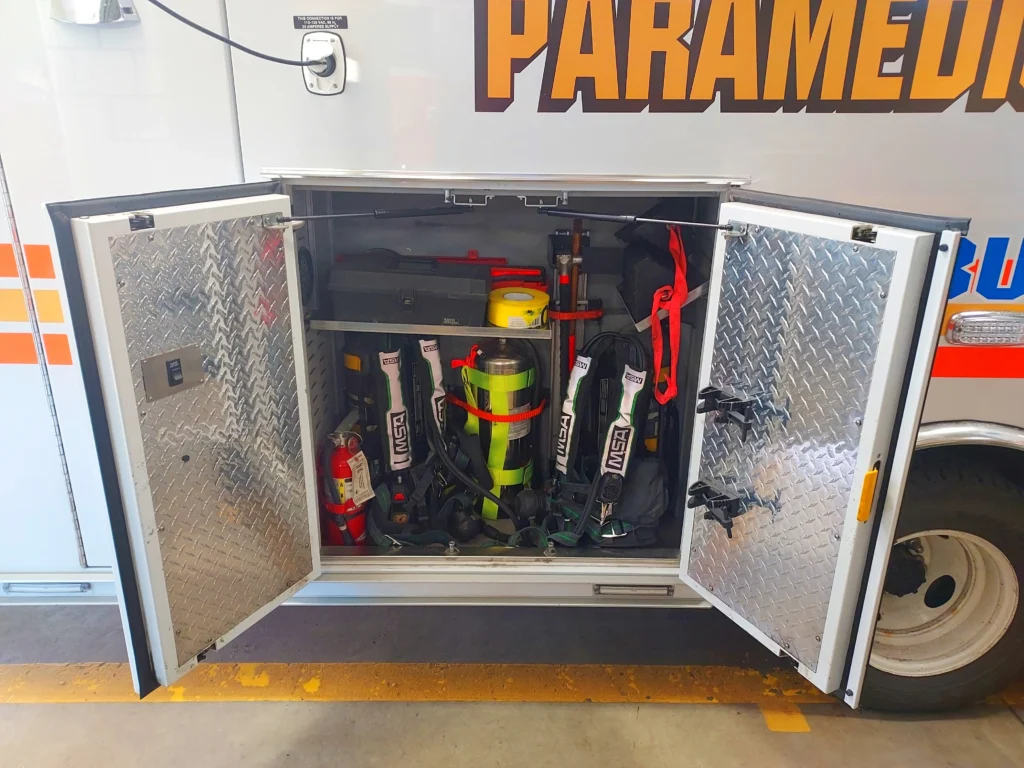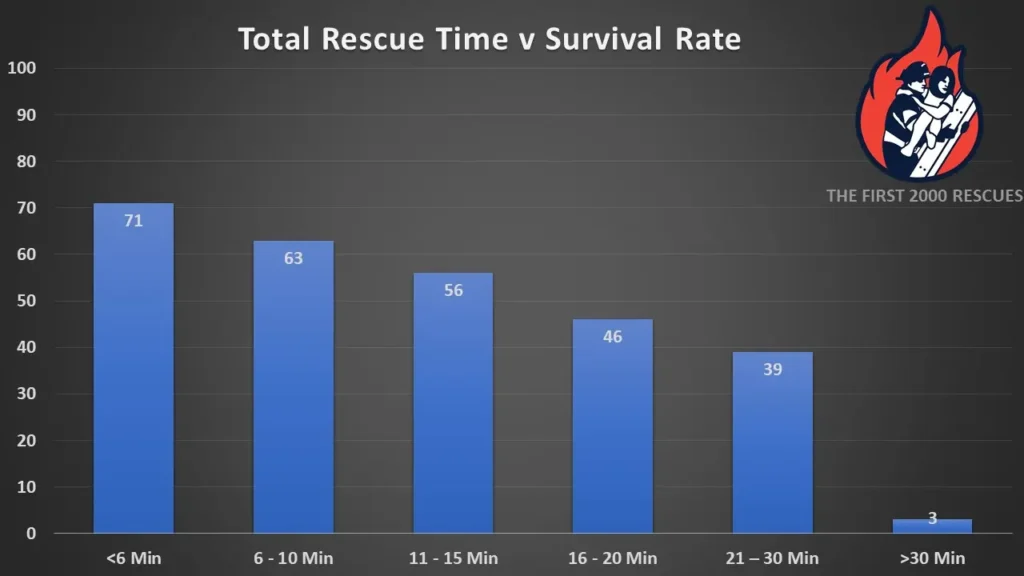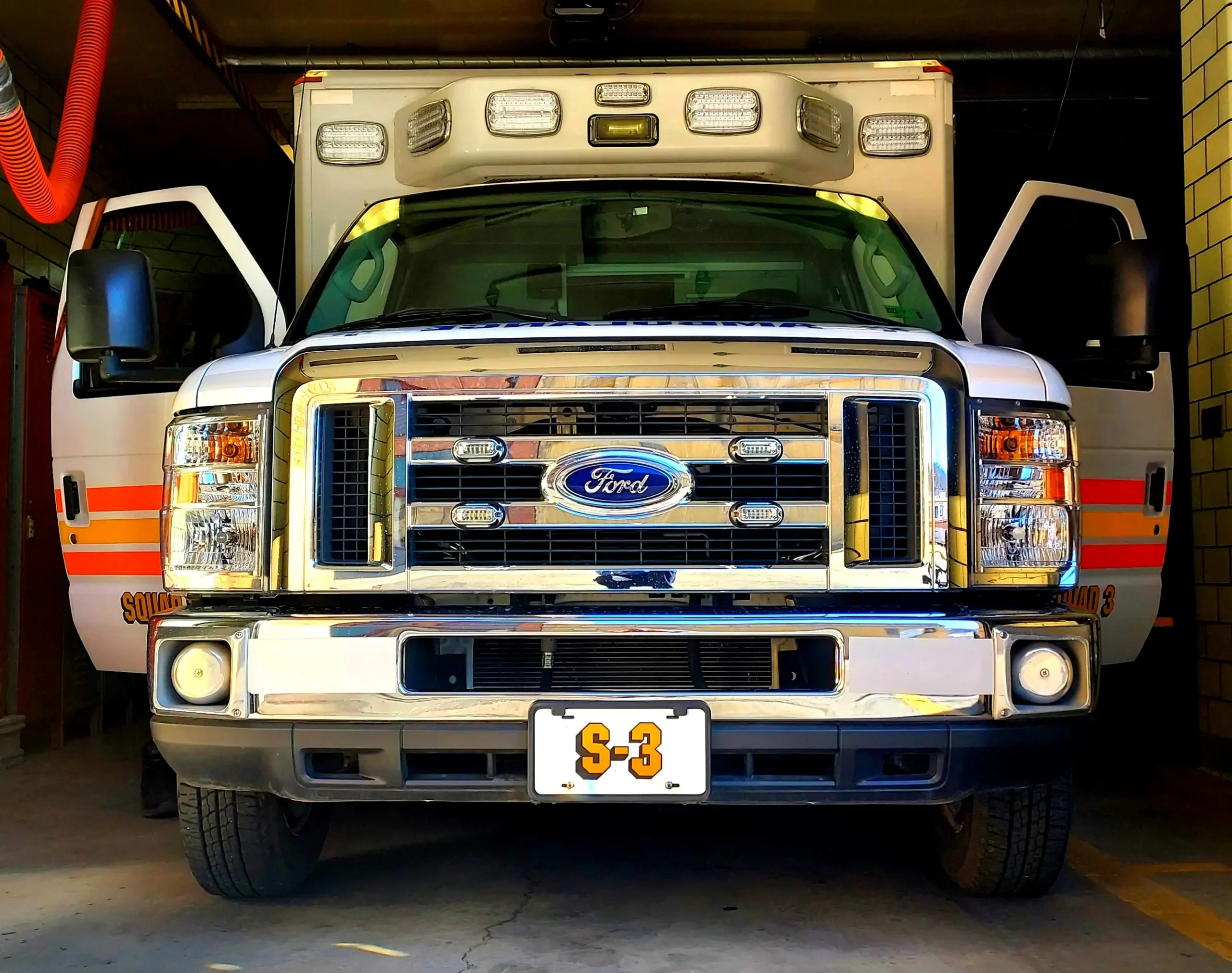The Ambulance As a Firefighting Unit
For many decades, fire and emergency medical services have been intertwined in the United States. In some places, the fire department provides the primary (or only) EMS for a community. This close relationship has advantages and disadvantages, but if you’re any rank below chief or commissioner (like me), the fire department’s role in local EMS is not your decision anyway. Since fire-based EMS definitely exists and is not going away any time soon, the most important question is: How can we make the best of it?
We’re all familiar with the standard pitch—fire-based EMS can:
- Increase call volume
- Increase revenue
- Expand capabilities
- Expand community outreach and visibility
These are all nice advantages (except the first one when it’s your third call after midnight), but you’ll notice that none of them directly assist in fire suppression efforts. If your department is going to have ambulances, why not use them to their fullest potential?
What an ambulance can do in addition to responding to medical calls
I propose that more fire departments consider the potential of an ambulance as a true firefighting unit when appropriate. This is especially applicable in smaller departments that don’t have the resources to manage more than one or two major incidents at a time. Having the flexibility to use an ambulance for both EMS and fire suppression when needed can be a boon to understaffed departments.
In some places, a city will decide to brown out a fire company before it will an ambulance. This means you’ll be short on staffing for fires. Why not use the two firefighters on the ambulance to accomplish fireground tasks? This is not to say that we should ignore the need for one or more dedicated standby ambulances for victims and firefighter injuries at the fire scene. Those are still very much needed. But many times it’s faster and easier to call for another standby ambulance than another fire company. In this case, it would make sense to put your first-arriving ambulance to work in the fire building, especially in those critical first minutes of the job.
For example, let’s say that in a small city there is a major wreck on the interstate that is tying up the city’s only heavy rescue, the city’s only ladder company, and an engine company. There is only one ambulance needed, but the patient is trapped in a vehicle that will require help from all companies present for an extended time.
Then a storm blows in and fire alarms in random buildings across the city start activating. The remaining engine companies are spending their time chasing these alarms, as well as responding to calls for water in basements, wires down, and so on. Finally, a legitimate structure fire with a report of entrapment is dispatched. Let’s say two engine companies are able to clear up and respond.
Of course, because of Murphy’s Law (or the city budget), those engines won’t be fully staffed that day. Wouldn’t it be wonderful to have a fast-moving truck staffed by two firefighters who could arrive before anyone else, search the building, possibly rescue a victim, and relay the location of the fire to the responding engine companies? A suppression-equipped ambulance could do all that and more.
This type of scenario may not happen regularly, but it will come up from time to time. If just one life could be saved by planning for this contingency, wouldn’t it be worth it?
Is there a downside?
As with everything, there is a trade-off. There is no free lunch. If all ambulances are tied up at a structure fire with no reliable mutual aid, medical calls may be missed. This is a serious consideration, but keep in mind that in a smaller city, there is probably nothing more dangerous (both to fire department members and community members) going on at any given time than a building that is on fire. Ambulances are a necessity at a fire scene.
In some places, there are more available ambulances surrounding a community than there are fire companies. For example, the closest mutual aid fire companies may be 10, 20, or more minutes away, whereas there may be private ambulances or dedicated third-service ambulances available much faster. In this case, it may be advantageous to use your own department’s ambulances to provide additional firefighters and utilize mutual aid ambulances to do EMS work.
We should also keep in mind that just because firefighter/paramedics could theoretically pull a victim out of a building and proceed to treat and transport the victim, doesn’t mean that they should do both. Rescuing a fire victim is a very demanding operation that will fatigue those involved. Because of this, a firefighter/paramedic’s skill (both physical and mental) will be impaired by exhaustion after the victim is out of the building. Ideally, there will be another ambulance crew available to receive the victim upon his or her rescue.
What a suppression-equipped ambulance looks like
Making an ambulance a capable firefighting unit is surprisingly easy. The most important and obvious asset on the ambulance is the personnel on it. The people staffing the ambulance must be fully trained, preferably experienced firefighters. They must be equipped with a full set of turnout gear and SCBA, just as they would on a fire apparatus.

Next are the tools. Although modern fire trucks carry an extensive selection of tools, most fireground tasks are accomplished with a few simple hand tools. It’s obviously impractical to equip an ambulance with hose of any kind, so the unit’s functional role will lean toward the truck company side of operations. Many of a truck company’s operations are easily accomplished with nothing more than our simplest tools. Therefore, if an ambulance simply carries the following, it can be considered a well-equipped fire response unit for two members:
- Set of irons
- Five- or six-foot hook
- Water extinguisher
- Hydrant wrench
With these a two-person team can perform the following tasks:
- Forcing entry
- Searching for victims
- Rescuing victims
- Performing horizontal ventilation
- Locating the fire
- Isolating the fire
- Slowing fire growth (with water extinguisher)
- Obtaining water supply
Any one of these tasks can be a massive benefit to suppression efforts. All of these are tasks that need to be done as soon as possible, ideally all at the same time. The only way to accomplish these tasks with limited staffing is sequentially, but the more trained firefighters that are available at the scene, the more can be done simultaneously.
In the age of ambulance shortages, understaffed hospitals, and a higher proportion of medical calls, the role of a firefighter can sometimes be overlooked. In the case of saving a fire victim, a trained physician is the only person who can competently treat burns, trauma, and smoke inhalation. Likewise, an ambulance staffed with certified paramedics or EMTs is necessary to stabilize and transport the patient to a hospital for the care of a physician. Trained medical professionals like doctors, paramedics, and EMTs are necessary to give the fire victim his or her best chance at survival.
But what is the victim’s chance of survival without a firefighter to remove them from the burning structure? No occupation on earth can replace the specialized skill of finding and rescuing people from burning buildings.
On more than one occasion, I have personally seen the benefit of ambulance personnel rescuing a victim from a fire. In one case, the victim was a young boy just inside the back door of the home. Two fire medics heard the dispatch, responded, and were pulling the victim out of the house by the time the first-due fire companies arrived. I had the privilege of helping receive the victim and transporting him to the hospital as part of the second-due ambulance crew. I am convinced that given the circumstances that night, no other crew could have accomplished what that first ambulance did, especially at that speed.

Year after year there are consistently well over 3,000 fire deaths in the United States1United States Fire Administration. (n.d.). Fire Death and Injury Risk. https://www.usfa.fema.gov/statistics/deaths-injuries/. The fires that lead to these deaths are not predictable and may occur in times of staffing shortage. A victim’s survival rate drops with every minute they must wait for rescue2Fire Fighter Rescue Survey. (n.d.). The First 2000 Rescues. https://www.firefighterrescuesurvey.com/the-first-2000.html . The most we can do is be prepared to the best of our ability, even with limited resources. If your department has access to ambulances, prepare them to be used to supplement the firefight. Your forethought may just save a life.
References
- 1United States Fire Administration. (n.d.). Fire Death and Injury Risk. https://www.usfa.fema.gov/statistics/deaths-injuries/
- 2Fire Fighter Rescue Survey. (n.d.). The First 2000 Rescues. https://www.firefighterrescuesurvey.com/the-first-2000.html

